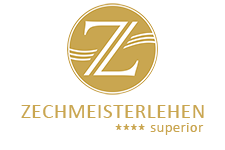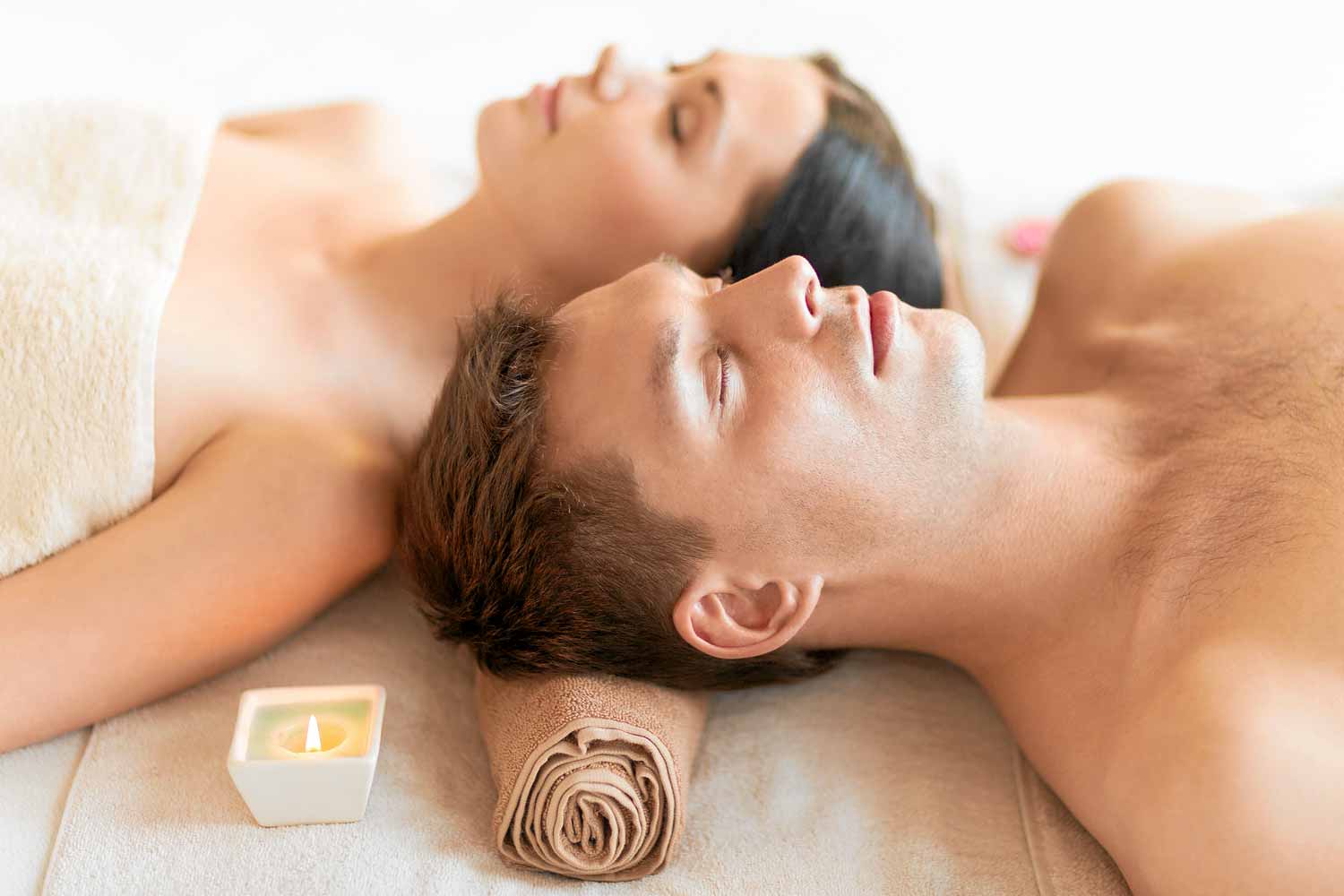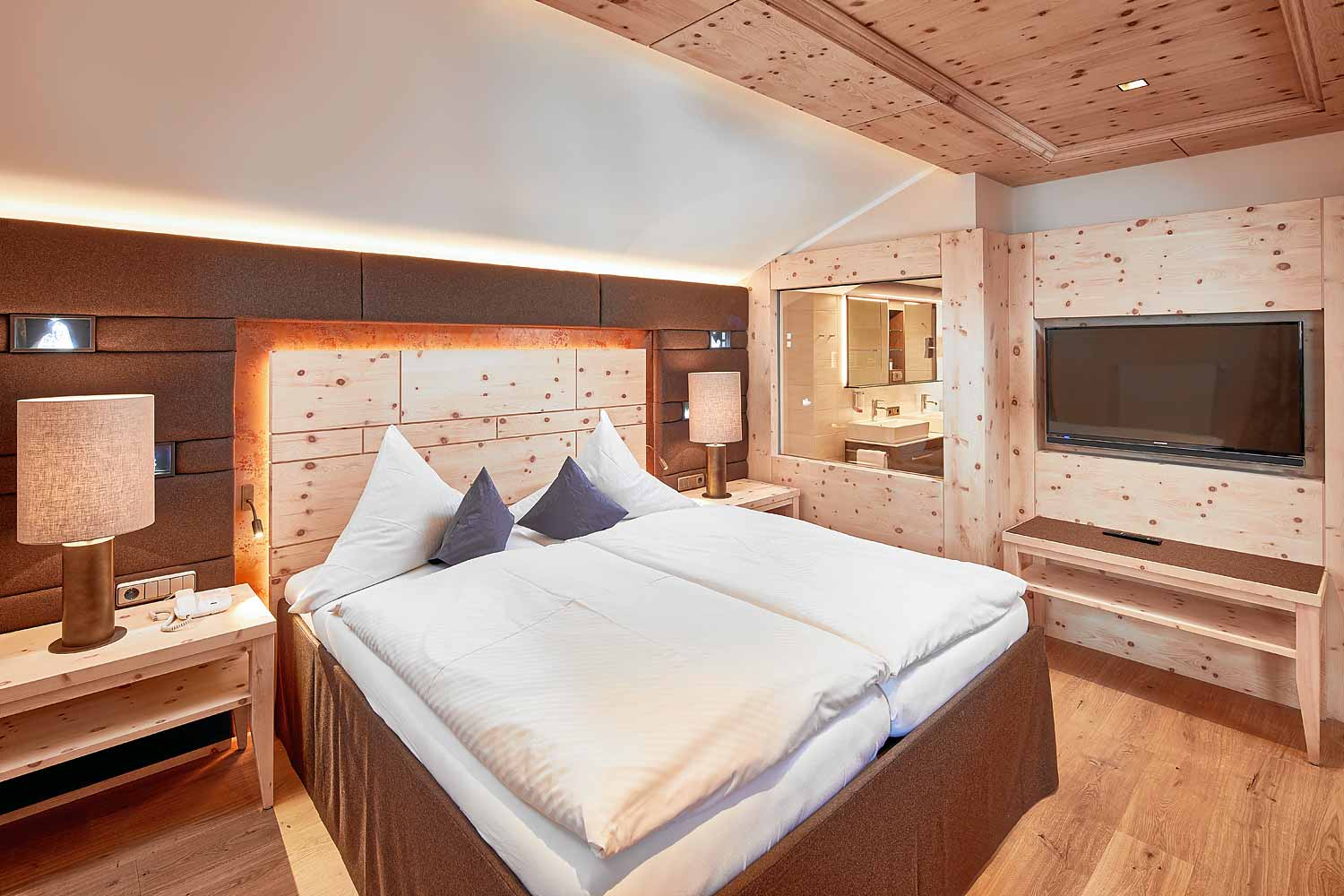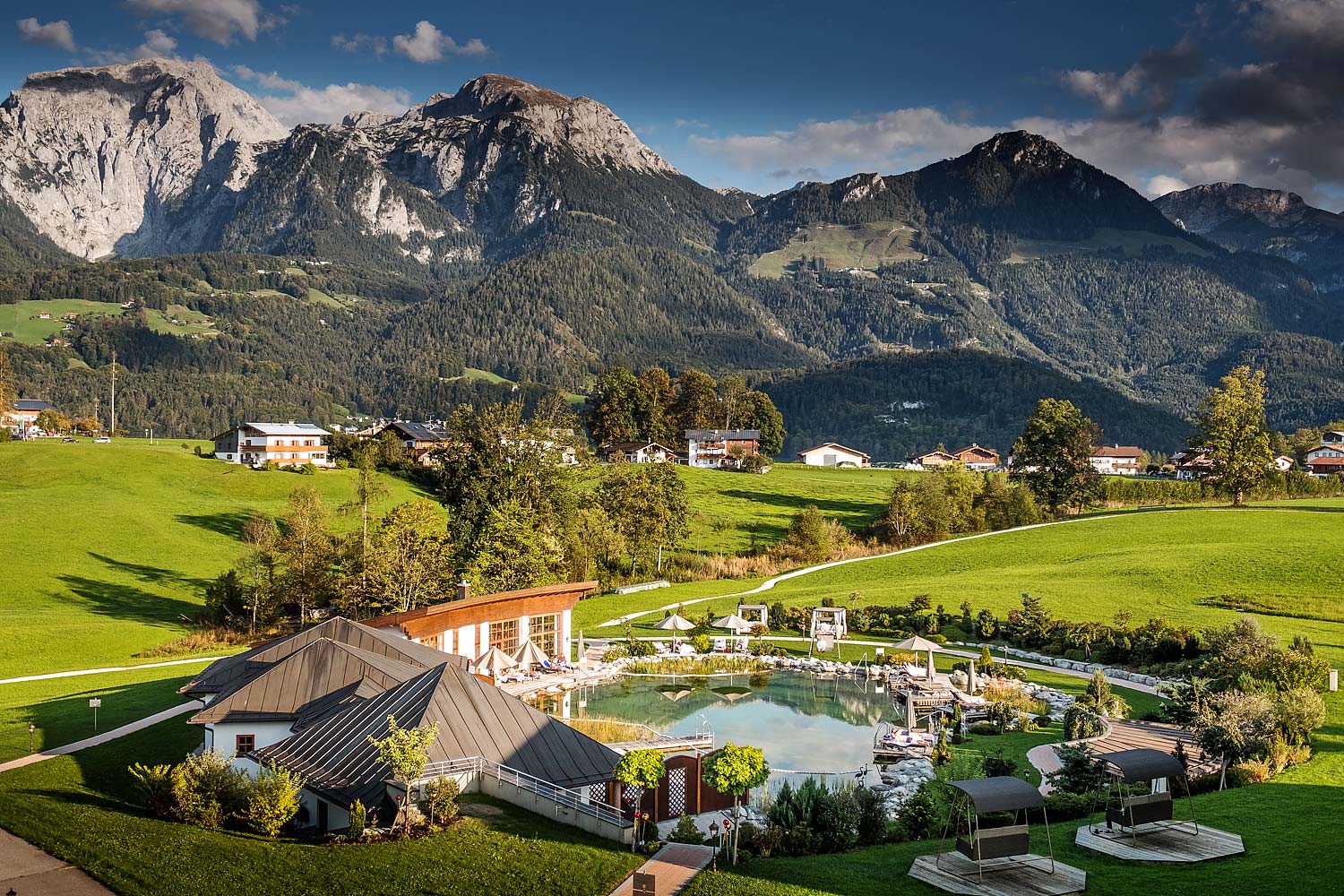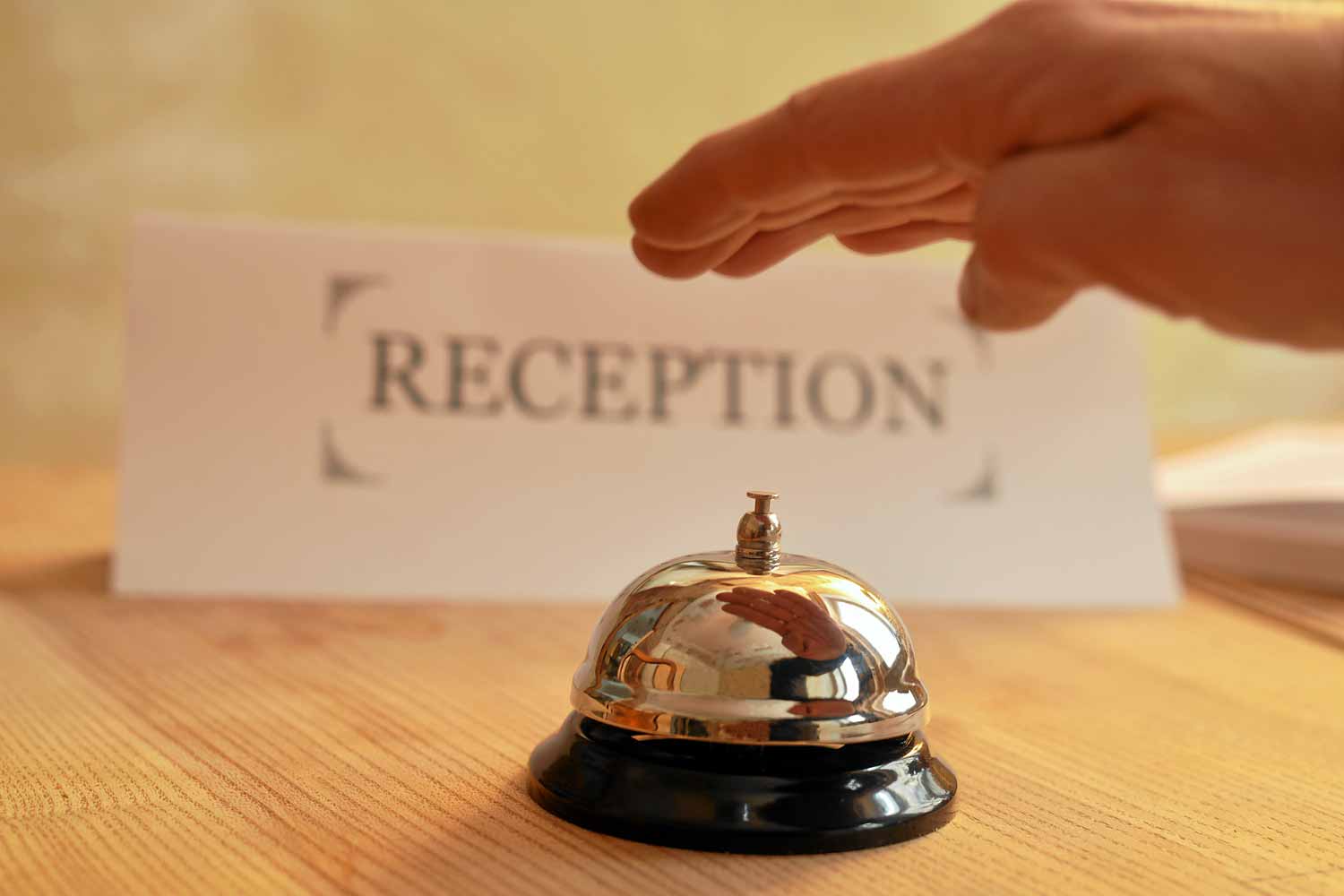Berchtesgaden Royal Castle
For more than 8 centuries, the royal castle has constantly been extended and enlarged The oldest parts of the building have largely been preserved, so the various styles, from romantic and Gothic, baroque and rococo to Biedermeier can still be admired today. A guided tour through the castle resembles a journey through the history of art. The former Augustiner Chorherren Monastry has been the government seat of the Berchtesgaden lords from the 12th to the 18th century. The Bavarian kings lived there when they came to Berchtesgaden for hunting. Since the secularization the Wittelsbach family has used it as a residential castle. Crown prince Rupprecht has richly decorated it with ceremonial armour, swords, hunting guns and pistols, which you can admire in 3 armouries. Here you find dozens of hunting trophies, among which the strongest Bavarian deer with antlers of 18,3 kg. In the large dining room you can admire precious porcelain of the manufacturers Nymphenburg, Frankenthal and Meißen.
Masterpieces of late Gothic sculpture from the 15th century, among which two original altar wings from Tilmann Riemenschneider can be admired in the Gothic hall. Two renaissance rooms are decorated with tapesties, paintings and Italian furniture from the the 16th century. The “Rehmuseum” in the stables of the castle shows the scientific results of the wildlife research of Duke Albrecht of Bavaria, for which he has received the honorary doctorate. The guided tours ends in a rose garden with view of the impressive Watzmann-massif.
Hohensalzburg Fortess
The Hohensalzburg Fortress, the landmark of the city, is Europe’s largest and best preserved castle complex. The fortress, built by Arcchbishop Gebhard in 1077, was meant to protect the clergy and the population. It is located on a city hill mountain, the “Festungsberg”(Fortress Mountain) above the city of Salzburg and it cany be reached comfortably with the “Festungsbahn” (tram), which runs approx every 10 minutes. On foot the climb takes approx 1/2 hour.
From the castle you have a wonderful view of Salzburg and the surrounding country. The outer castle complex can be visited without guided tour; for a visit to the inner part of the castle (saltmagazin (salt depot), torture chamber, battlements, Rechturm (tower), “Salzbuerger Stier”) a tour with audio guides is available. The interiors in the “Hoher Stock” (higher floor) can also be visited without a guided tour (Fürstenzimmer (princely rooms), museums).
On the fortress you additionally find the museum of Archduke Rainer Regiment. Since 2009, in the summer months there has been a so-called “special guided tour” in German and English: disguised castle staff “abducts” the visitors on a walk through the 16th century. For this guided tour a supplement is charged. On the fortress, concerts are organized regularly and the Summer Academy Salzburg also offers courses.
Hellbrunn Palace – Salzburg
Markus Sittikus, simultaneously Prince and Archbishop, had the summer palace built from 1613 to 1615, according to an Italian model. An architectonic jewel on the southern outskirts of Salzburg has been created and until today it is considered to be one of the most magnificent Renaissance buildings north of the Alps.
The world’s best preserved water games of the late Renaissance with numerous trick fontains and various water-powered figures as well sculpture-decorated grottos can be admired here. The spacious palace garden is freely accessible, here you find the pond, an ornamental garden, various statues, the “Monatsschlössl” (today the folklore museum), the wild-romantic Stone Theatre (the oldest open-air stage in Europe), the relax lawn and a children’s playground.
With the splendid rooms of the palace, the magical garderns and the unique water games, the palace has been a place of great celebrations and festivities, of sumptuous shows and cultural highlights from the very start. Today the palace is a popular scene for international events.
Klessheim Palace – Salzburg
The Klessheim Palace is a masterpiece: the driveway with the magnificent Triton fountains, the loggia, the foyer and the staircase let the visitors get a glimpse of the baroque splendor of those days. At the end of the 17th century, Archbischop Johann Ernst Thun acquired the small seat of nobility, the Kleshof.
Between 1700 and 1709, Fischer von Erlach was commissioned to build the elegant summer palace. From 1866 the palace was owned by of Archduke Ludwig Viktor, during the Austro-Hungarian monarchy. In this period, the so-called winter castle, today’s Cavalier House, was built. The castle includes gardens with a high a castle wall and 11 watchman’s huts.
In 1938, Adolf Hitler used the place for state receptions and work meetings. In 1945, the palace was the scene of the victory celebrations of the Allies, then seat of the American military administration. Since 1993 the casino has been accommodated in the magnificent rooms.
Mirabell Palace – Salzburg
Prince Archbishop Wolf Dietrich von Raitenau had the palace built as a gift of love for his Salome Alt in 1606. After the death of his cousin, Markus Sitticus changed the name into “Mirabell”. The palace is a unique jewel. The large marble stairs, leading you into the palace, and the marble hall remained intact after the big city fire in April 1818. Details like window frames, chapiters and stucco remind of the glamour of bygone times.
The staircase of master Lukas von Hildebrandt is considered to be the greatest treasure of the Mirabell Palace. Graceful putti decorate the multifaceted marble banisters, the sculpures in the niches are masterpieces of the famous Georg Raphael Donner and belong to most beautiful creations of the European baroque. In 1690, the famous garden of the Mirabell palace was redesigned by Prince Archbishop Johann Ernst Graf von Thun according to the plans of Johann Bernhard Fischer von Erlach and in 1730, Franz Anton Danreiter drastically changed it. The Pegasus fountain, a work of Kaspar Gras from Innsbruck was installed in 1913. The four figure groups around the fountain by Ottavio Mosto (1690) symbolize the 4 elements: fire, air, earth and water.
Here you find one of the oldest hedge theatre north from the Alps and a dwarf garden from the time of Archbishop Franz Anton Prince Harrach. In 1854, Emperor Franz Joseph made the Mirabell Garden accessible to visitors andit is still a garden-architectonic treasure today. Now the Mirabell Palace houses the bureau of the mayor of Salzburg and the city administration office. The marble hall, former reception- and banquet hall of the Prince Archbishop, in which father Leopold Mozart and his children, Mozart and Nannrl, already made their appearance, is considered to be one of “the most beautiful wedding locations in the world”. It is regularly used for meetings, ceremonial honourings and atmospheric concerts (“Salzburger Schlosskonzerte”).
Herrenchiemsee Palace – Chiemgau
Via an avenue you can reach the magnificent palace on foot or with the horse-drawn carriage from the Chiemsee. King Ludwig II of Bavaria, also called the “faily tale king”, had the Herrenchiemsee Palace built after the example of the Palace of Versailles from 1878 to 1886.
The Herrenchiemsee has about 20 splendid rooms, of which the State Stairs, the State Bedroom, the dining room and the large mirror hall are the absolute highlights.
The dining room, equipped with a mechanically operated “set the table” device, enabled the king to dine without the presence of servants. In the mirror hall there are 23 mirrors, facing 23 arched windows. By arranging it like that, the light is reflected in the entire mirror hall and breaks in the cystal elements of the 33 ceiling chandeliers and the 44 standing chandeliers. Until 1982, the 1848 candles of the room were regularly lit in the occasion of concerts or the so-called “Schlossbeleuchtung”.
In order to protect the paintings and for fire protection reasons, this is abandoned today. In addition to guided tours, the mirror hall is now mainly used for concerts or state receptions. In front of the palace you find a magnificent baroque park, designed by Carl von Effners, which goes over into the scenery of the island, by which it forms one large scenic park. In front of the main parterre the Latona fountain and other large fountains decorate the park.
Linderhof Palace- Oberammergau
The royal lodge, in which Ludwig and his father Maxmilian II often stayed during joint hunting trips, was rebuilt between 1869 and 1885/86. This is the only castle, which the king had completed and inhabited. A sumpteous façade, a wondeful scenic garden with Venus grotto, waterfall and lake, inside shining mirrors, shiny gold, velvet and silk, hangings and paintings bring the rococo period back to life again.
Neuschwanstein Castle – Allgäu
In 1886, 7 weeks after the death of King Ludwig II, the Neuschwanstein Castle was opened for visitors. In this castle, the misanthropic “fairy tale king” wanted to witdrwaw from publicity. After a construction period of 17 years, Ludwig lived in his castle for only 172 days, Only a third of the planned rooms was ready at that time. The king had the Vorderhohenschwangau ruin rebuilt in the true style of a knight’s castle. He was inspired by his trip to Eisenach and a visit to the Wartburg Castle. For the “Ritterbad” (knight’s pool) and the “Sängersaal” (singer hall), the Wartburg castle was used a s model. In addition, Ludwig II was also inspired by the German Middle Ages, Moorish Spain and the mythological world of Richard Wagner.
Königssee – St. Bartholomä Hunting Lodge
On the St. Bartholomä peninsula, next to the world-famous pilgrimage church, the restaurant in the former hunting lodge of the Bavarian kings with a shady beer garden invites you for a relaxing break.
The castle and the pilgrimage church were founded by the princely deanery in 1134 and in the 18th century it was converted into a summer residence and hunting lodge, considering the older parts of the building. In 1810, Berchtesgaden became part of Bavaria and since then St. Bartholomä was one of the favourite places of the Bavarian kings.
Adelsheim castle
Local history museum Berchtesgaden
The small Renaissance castle was built in 1624 and now accomodates the local history museum. It provides you an insight into the art and culture of the Berchtesgaden Land.
At the end of the 19th century, not only the Bavarian kings visited Berchtesdagen and its sights, but also artists, industrialists and writers, such as Ludwig Ganghofer, Prof. Linde or Siegmund Freud provided the first beginning of tourism.
